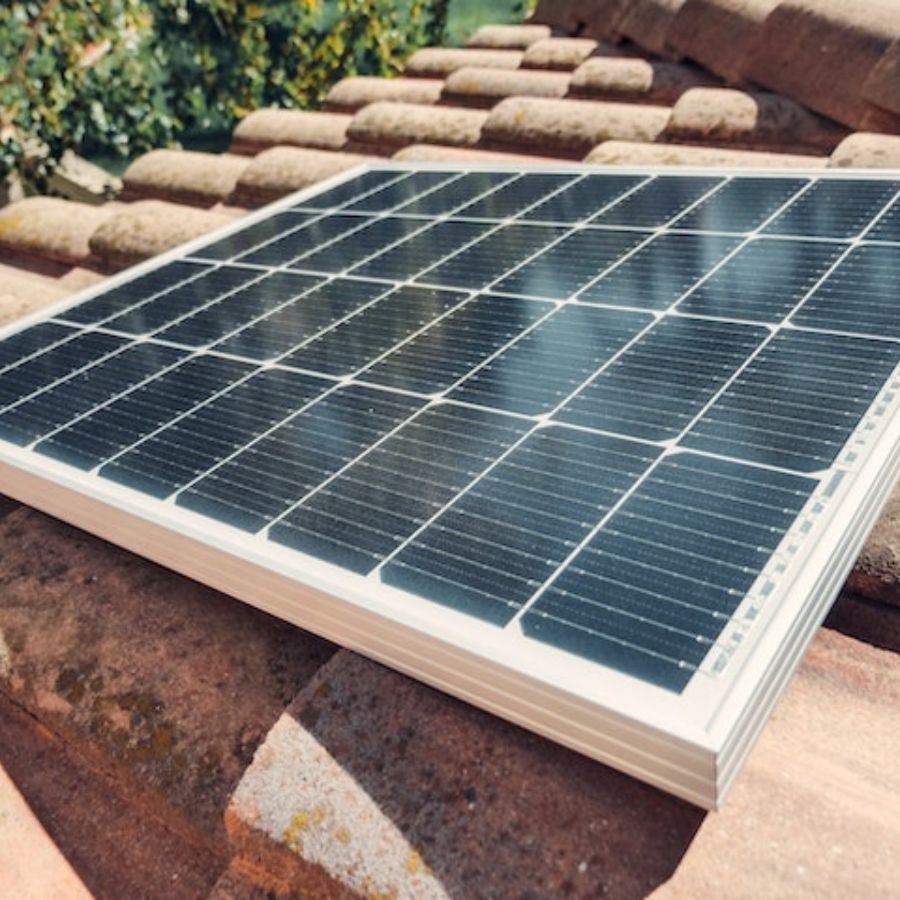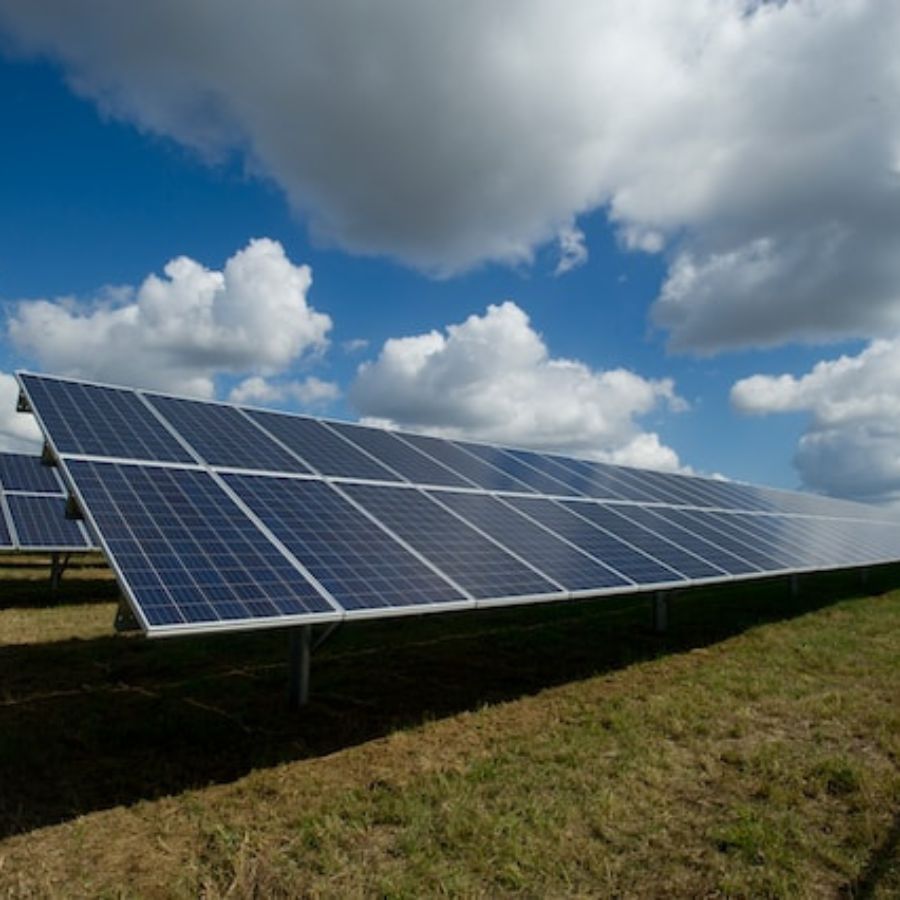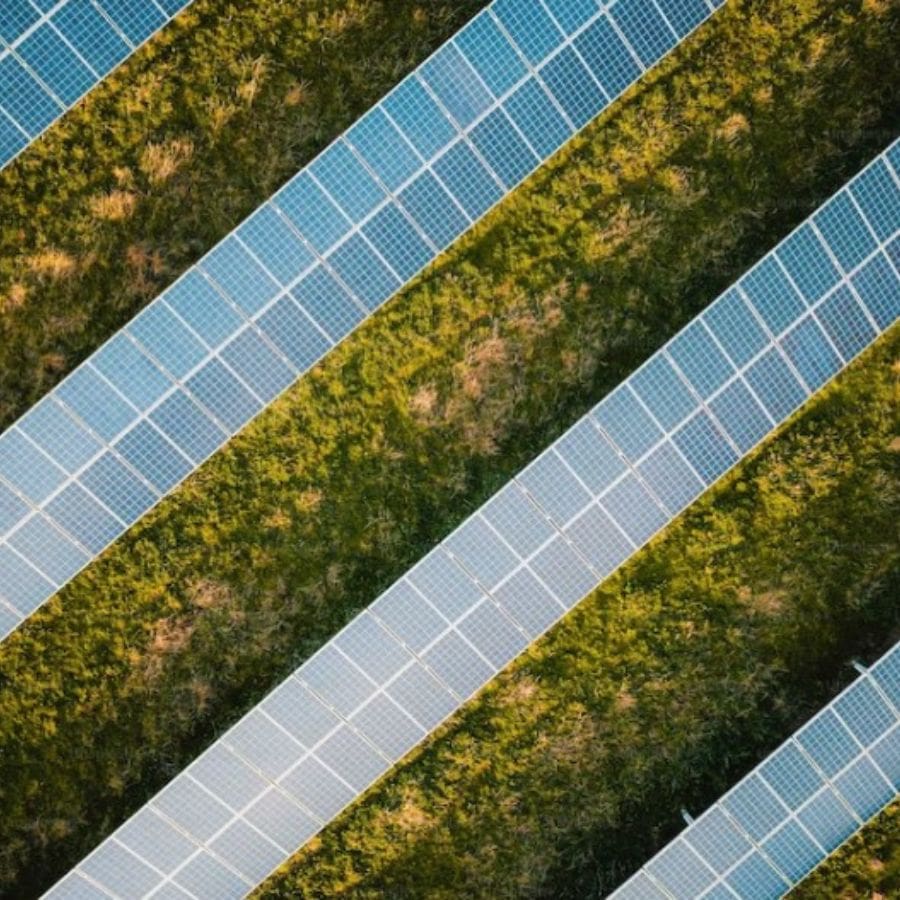Renewable energy is at the forefront of global efforts to combat climate change and transition towards a sustainable future. Solar power has emerged as a promising solution among the various renewable energy sources. According to Irish Solar, even businesses are joining the solar power switch for sustainability and lower costs.
This article delves into the concept of solar farms in Ireland, exploring their potential, current status, benefits, and challenges.
The Potential of Solar Energy in Ireland

Despite being situated at a latitude known for low solar irradiance levels, Ireland has emerged as a viable contender for solar energy generation. Thanks to technological advancements and decreasing costs, solar farms have become feasible even in countries with limited sunshine. The Sustainable Energy Authority of Ireland (SEAI) estimates that Ireland receives around 60% of the solar energy available at the equator, highlighting its potential for solar farms.
Solar farms primarily utilize solar PV panels to convert sunlight into electricity. These extensive arrays of panels capture and generate significant amounts of clean and renewable energy. Proper investment in solar PV infrastructure is crucial to maximizing their benefits and ensuring optimal energy generation.
Government Initiatives and Policies
The Irish government has demonstrated its commitment to renewable energy by implementing various initiatives and policies to support the growth of solar farms. These government actions are instrumental in driving the adoption of solar energy nationwide.
One significant initiative is the Renewable Energy Feed-In Tariff (REFIT) program, introduced in 2015. Under this program, they guarantee solar farms a fixed price for the renewable electricity they generate over 15 years. This stability and financial incentive have encouraged investment in solar energy projects throughout Ireland.
In addition, the government’s Climate Action Plan, released in 2019, sets a target for 70% of Ireland’s electricity to come from renewable sources by 2030. The plan emphasizes the importance of increasing the deployment of solar farms to achieve this ambitious goal. By facilitating the development of solar farms, the government aims to diversify the electricity system and reduce reliance on fossil fuels.
Moreover, these government initiatives also recognize the importance of community participation in the renewable energy transition. The plan supports the development of small-scale solar projects, enabling communities to actively engage in renewable energy generation and benefit from the associated economic and environmental advantages. The government has streamlined the planning permission process to ensure the successful implementation of solar farms. It helps developers navigate the necessary procedures and requirements while adhering to environmental an
Current Status of Solar Farms in Ireland
The solar energy sector in Ireland has made significant strides in recent years, despite being in its early stages. The installed capacity of solar photovoltaic (PV) panels has witnessed substantial growth, increasing from 25 megawatts (MW) in 2016 to over 800 MW by the end of 2020, according to the SEAI. This rapid progress reflects the growing interest and investment in solar energy projects nationwide.
Ireland is now home to several large-scale solar farms. In 2017, the Clayhill Solar Farm in County Meath became the country’s first central solar farm, boasting a capacity of 5 MW. Since then, additional solar farms have emerged in various locations, including counties Cork, Laois, and Wexford.
These solar farms, with their combined capacity, have the potential to generate enough electricity to power numerous homes and businesses. The proliferation of solar farms is a testament to the increasing recognition of solar energy as a cost-effective and sustainable alternative to traditional energy sources.
In addition to their energy generation capabilities, solar farms have the potential to support community projects. One can utilize the revenue generated from solar energy production for local initiatives. Such local initiatives include community development, education, and environmental conservation. This financial support fosters the growth and well-being of the communities surrounding these solar farms.
Benefits of Solar Farms
Solar farms offer numerous benefits to Ireland, encompassing environmental, energy security, and economic advantages. Let’s explore each of these benefits in detail:
Environmental Benefits
Solar farms are crucial in mitigating climate change and reducing greenhouse gas emissions. By harnessing the power of solar panels, solar farms generate clean and renewable energy, minimizing the reliance on fossil fuels. This transition to clean energy significantly contributes to Ireland’s efforts to achieve its climate change targets and aligns with global endeavors to combat climate change. Solar energy production from solar farms helps reduce carbon dioxide emissions and other harmful pollutants, fostering a cleaner and healthier environment.
Enhanced Energy Security
Solar farms contribute to energy security by diversifying the energy mix in Ireland. By incorporating solar energy into the national grid, the country can reduce its dependence on imported energy sources, thereby increasing energy independence. This diversification strengthens the resilience of the national power supply, ensuring a more reliable and stable electricity grid. With solar energy’s predictable and abundant resource availability, solar farms provide a dependable and consistent energy source to meet the country’s electricity needs.
Economic Advantages
Solar farms bring significant economic benefits to Ireland. Firstly, solar farms create employment opportunities during construction, driving job growth in the renewable energy sector. These jobs range from project development and construction to installing and maintaining solar panels. Moreover, ongoing operational and maintenance requirements create a steady stream of employment opportunities in the long term.
Additionally, solar farms can contribute to the local economy through increased tax revenue. As solar farms are established and operational, they generate income for the government, which they can allocate to public services and infrastructure development. Furthermore, solar farms often have agreements with landowners, using leased land for solar panel installation. This arrangement provides additional income for landowners, fostering economic growth and supporting rural communities.
Challenges and Future Outlook

While solar farms offer numerous benefits, they also face specific challenges that one must address. Here are some of the critical challenges and the future outlook for solar farms in Ireland:
Visual Impact and Land Use
One of the primary concerns surrounding solar farms is the visual impact on the landscape. Solar farms require large areas of land to install solar panels, which can alter the aesthetic appeal of the surrounding areas. Striking a balance between achieving renewable energy goals and preserving the natural beauty of the Irish countryside is a challenge that requires careful planning and consideration.
Intermittency and Energy Storage
Solar power generation is contingent upon weather conditions, making it intermittent. Cloudy days and reduced sunlight can result in decreased energy production. Energy storage solutions, such as battery technologies, are being developed to overcome this challenge. Energy storage systems allow solar farms to store excess energy generated during peak sunlight hours and release it during periods of high demand or insufficient sunlight. Implementing efficient energy storage solutions will ensure a steady electricity supply from solar farms.
Future Outlook and Growth Potential
Looking ahead, the future of solar farms in Ireland appears promising. Technological advancements in solar PV panels and falling costs make solar energy increasingly competitive. With supportive government policies, such as renewable energy feed-in tariffs and climate action plans, people expect the solar industry in Ireland to attract further investment and experience significant growth in the coming years.
In terms of investment, solar PV investment will continue to play a crucial role in expanding the capacity of solar farms. Increased investment will enable the establishment of more solar farms across the country, further contributing to Ireland’s renewable energy targets.
Conclusion
Solar farms have the potential to transform Ireland’s energy landscape by harnessing the power of the sun and providing a sustainable source of electricity. While the sector is still nascent, Ireland has made significant strides in solar energy generation, with government initiatives and policies paving the way for further development. By embracing solar farms, Ireland can reduce its carbon footprint, enhance energy security, and foster economic growth. With continued investment and innovation, solar farms in Ireland will play a crucial role in driving the country towards a greener, more sustainable future.

